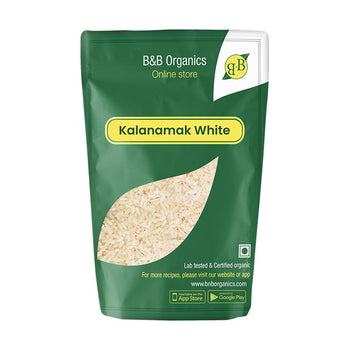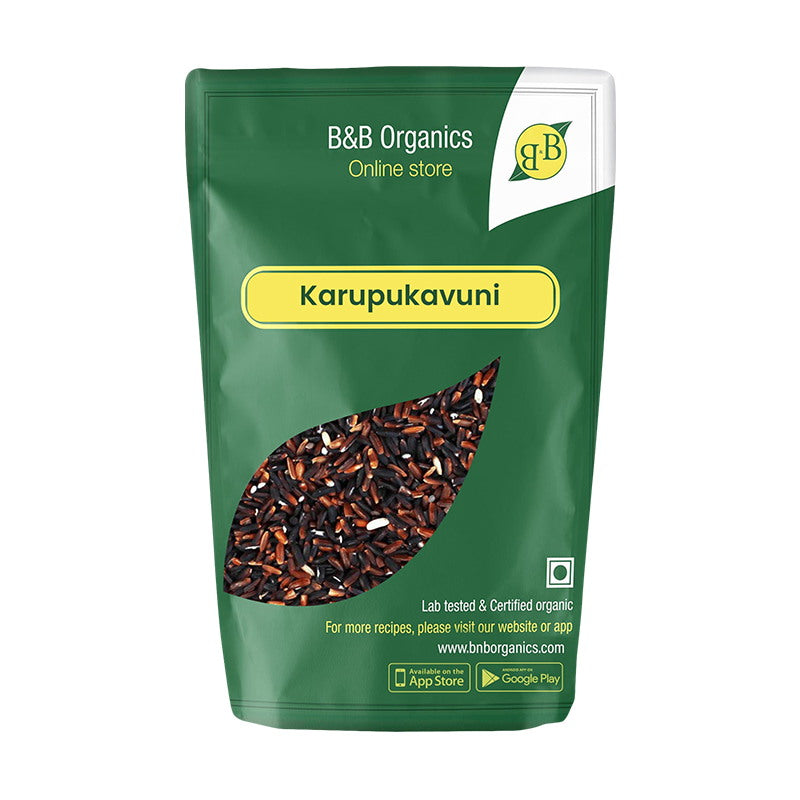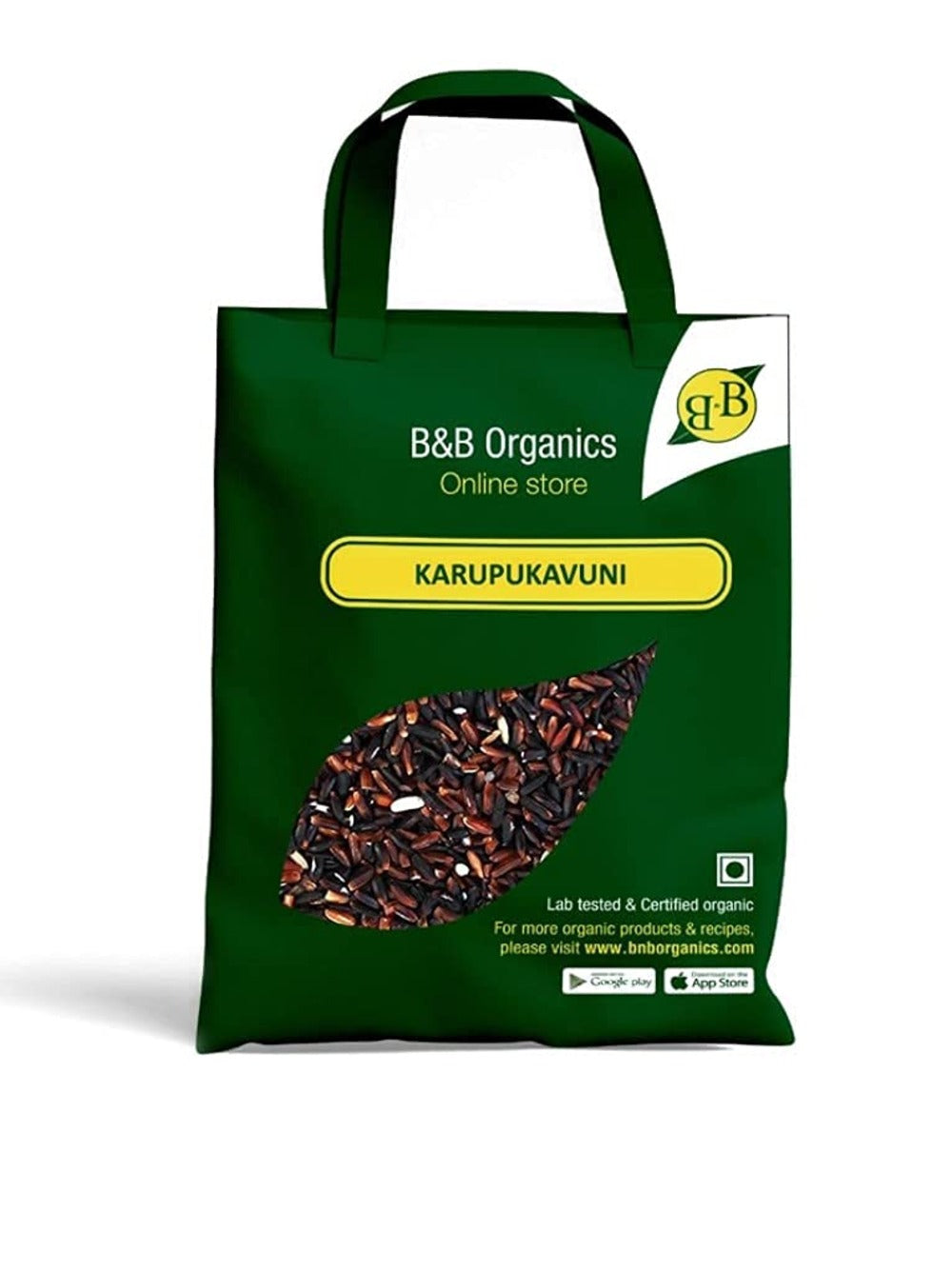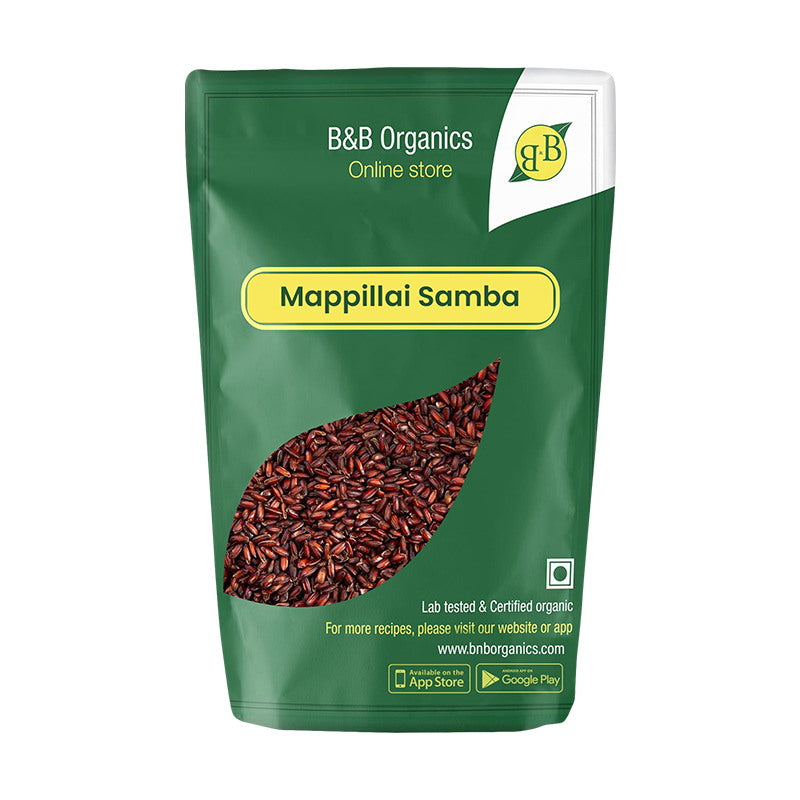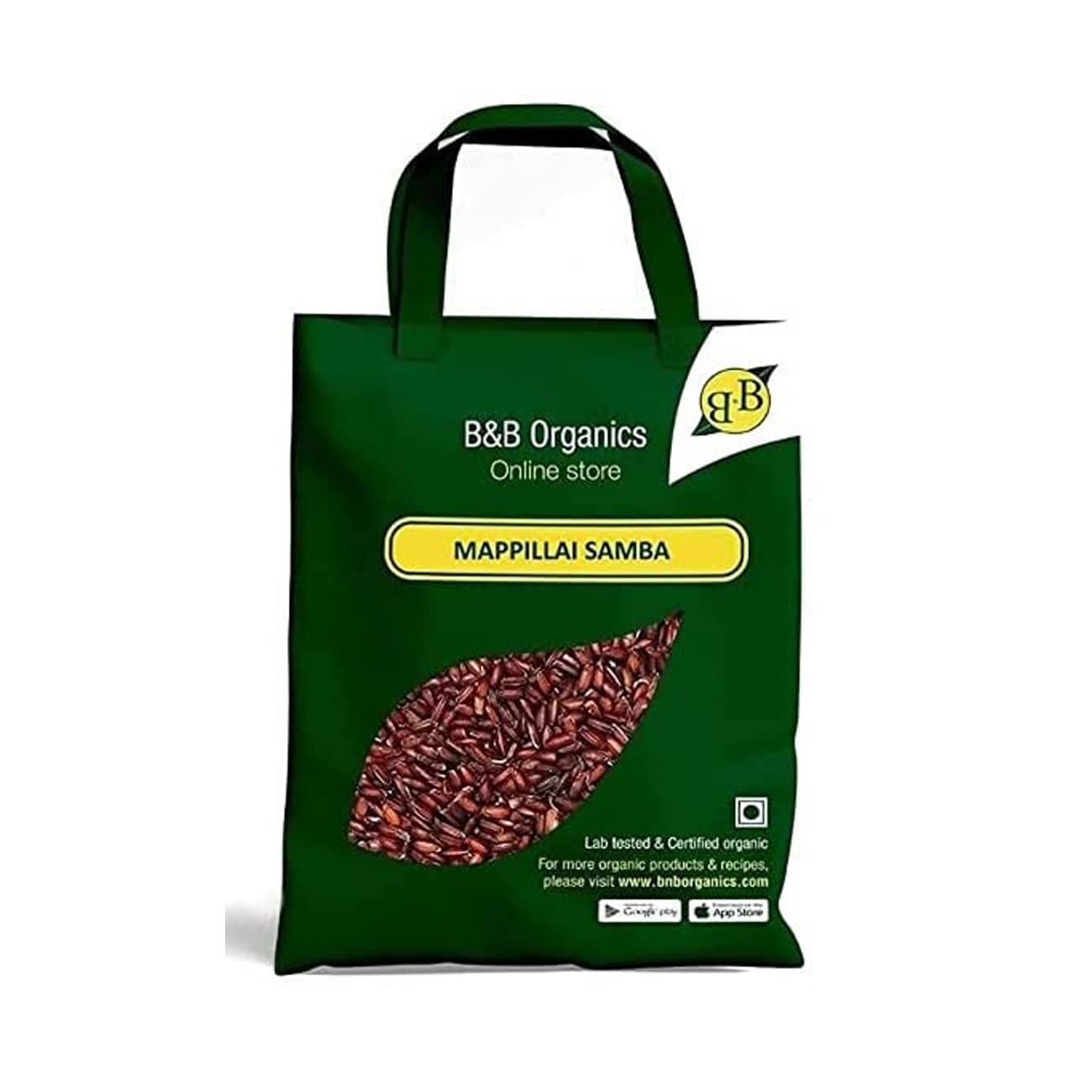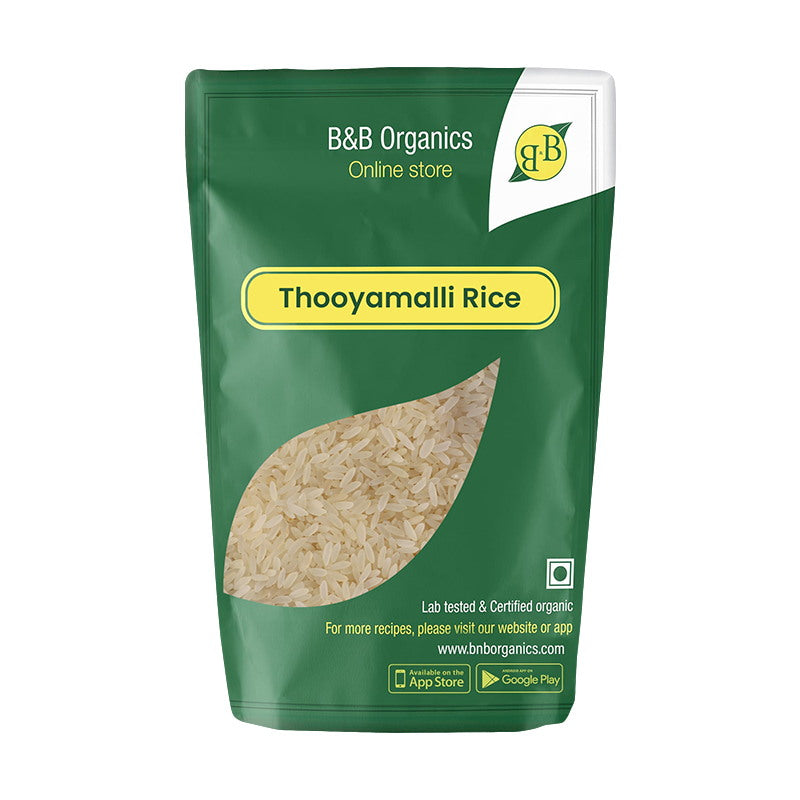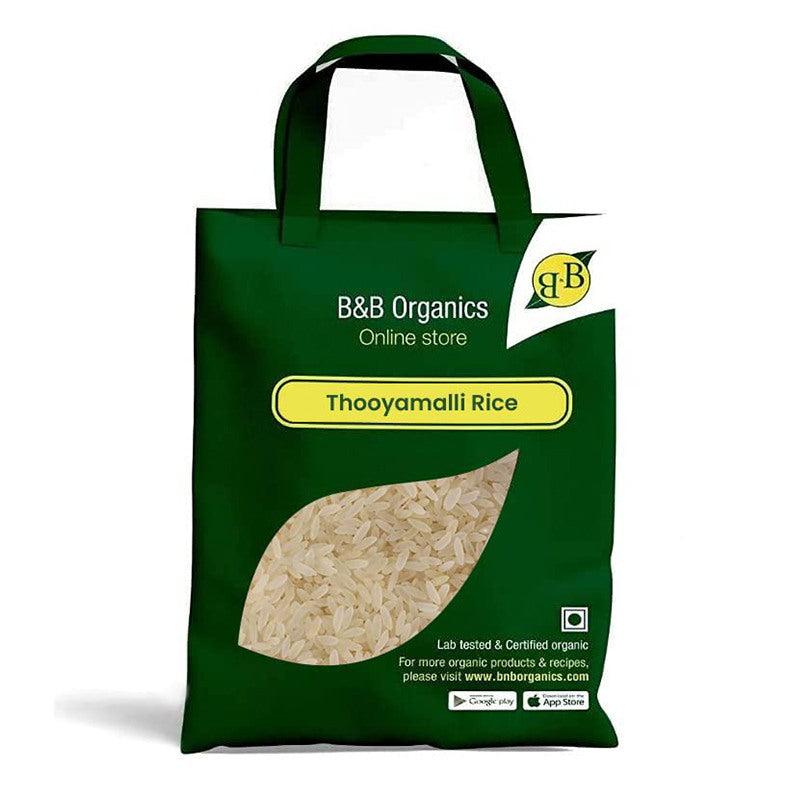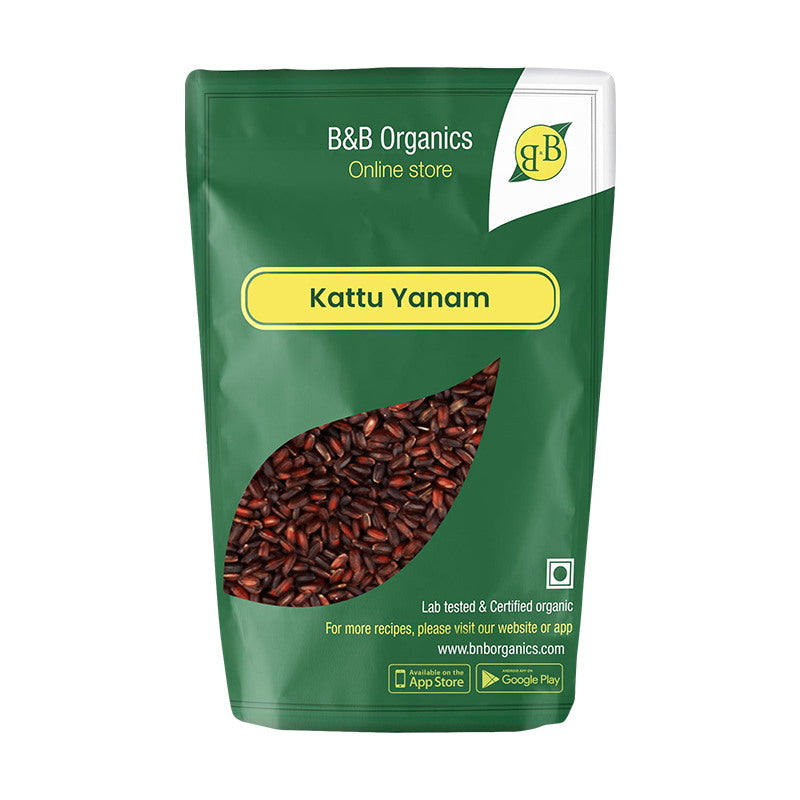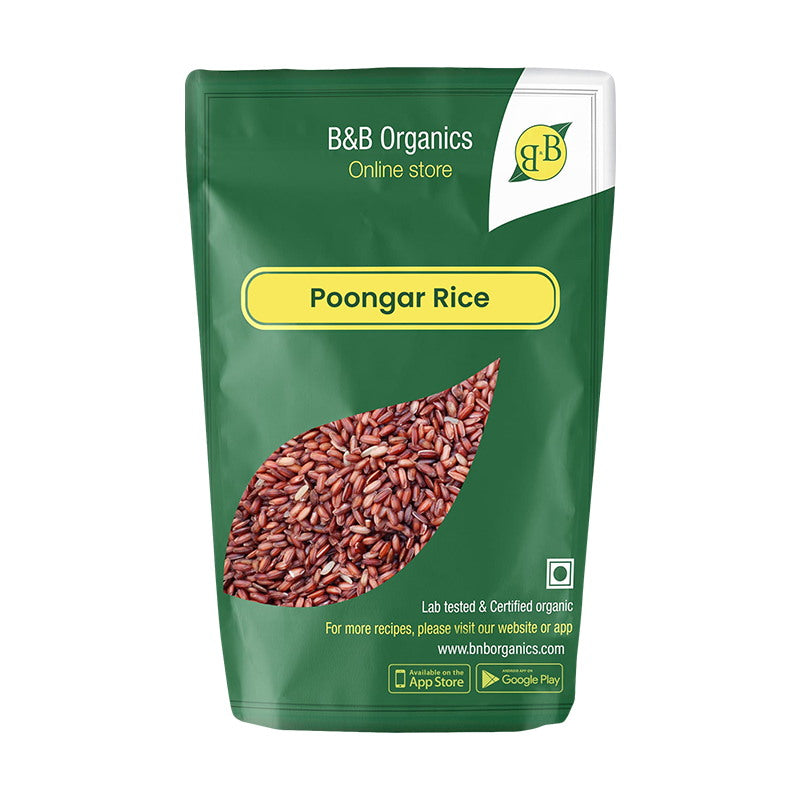Kalanamak rice, also known as black rice, is a popular variety of rice that is primarily grown in the eastern parts of India. It has gained popularity in recent years as a superfood due to its high nutritional value and potential health benefits. Among these benefits, many people wonder if Kalanamak rice is good for diabetes.
Diabetes is a chronic condition that affects the way the body processes glucose, which is the main source of energy for cells. Diabetes patients have excessive blood sugar levels as their bodies either do not create enough insulin (Type 1 diabetes) or cannot effectively utilize insulin. As a result, they are often advised to manage their diet carefully to maintain healthy blood sugar levels.
Kalanamak rice has a lower glycemic index compared to other types of rice, meaning it causes a slower rise in blood sugar levels after consumption. A study published in the Journal of Food Science and Technology found that Kalanamak rice has a lower glycemic index than popular white rice varieties such as Basmati, Sona Masuri, and Swarna. This makes it a suitable option for people with diabetes who need to be mindful of their carbohydrate intake and blood sugar levels.
Moreover, Kalanamak rice is rich in antioxidants, fiber, and essential amino acids, making it a healthy food choice for people with diabetes. Antioxidants help protect the body from damage caused by free radicals, which can lead to chronic diseases like diabetes. The fiber in Kalanamak rice helps slow down the absorption of glucose in the bloodstream, leading to a more gradual increase in blood sugar levels after eating. The essential amino acids in Kalanamak rice are important for maintaining healthy bodily functions and can also help regulate blood sugar levels.
However, it is important to note that Kalanamak rice, like all other types of rice, contains carbohydrates, which can raise blood sugar levels if consumed in large amounts. Therefore, people with diabetes should still consume Kalanamak rice in moderation and pair it with other healthy food choices such as vegetables and lean protein sources.
Another important factor to consider is the cooking method. While Kalanamak rice has a lower glycemic index than other types of rice, the way it is prepared can affect its glycemic load. For example, cooking Kalanamak rice with excess water and then discarding the water can reduce its glycemic load by removing some of the starch. Similarly, pairing Kalanamak rice with high-fiber vegetables and proteins can also help slow down the absorption of glucose in the bloodstream.
In conclusion, Kalanamak rice can be a good choice for people with diabetes due to its lower glycemic index and high nutritional value. However, it is important to consume it in moderation and pair it with other healthy food choices. As with any dietary changes, it is recommended to consult a healthcare professional before incorporating Kalanamak rice into a diabetes management plan.



